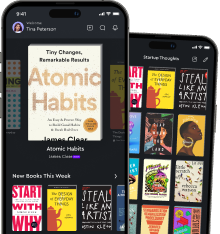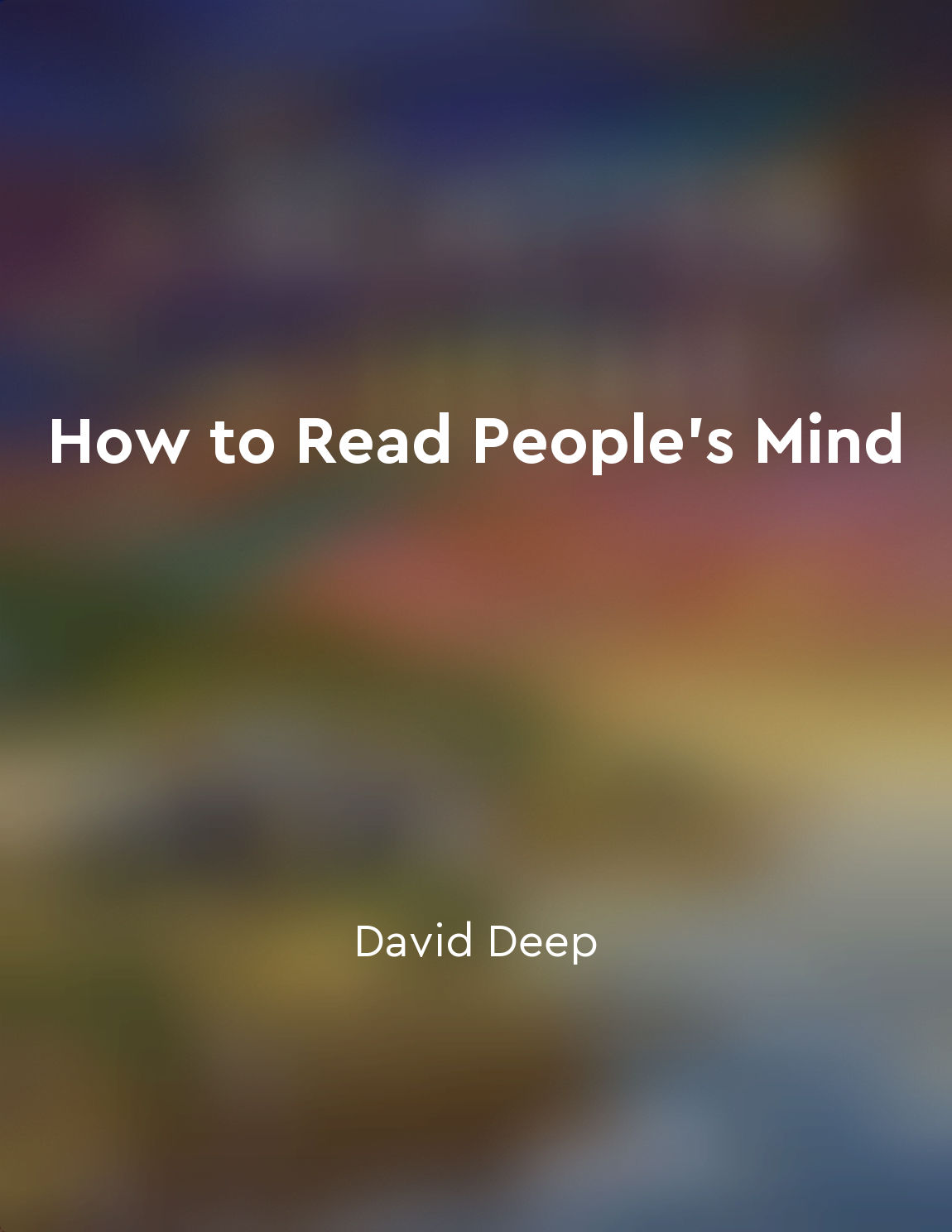Read microexpressions from "summary" of How to Read People's Mind by David Deep
Microexpressions are a powerful tool in understanding people's emotions and intentions, which can be used to gain insight into their thoughts and feelings. By learning to recognize and interpret these subtle facial expressions, it is possible to gain a better understanding of people's true intentions.- Microexpression analysis involves looking at more than just facial features; it also focuses on details such as eye contact, body language, gestures, and tone of voice. This type of evaluation can help you gain a better understanding of what someone else might be going through.
- Reading microexpressions, or facial cues, can provide insights into another person's thoughts and feelings. It takes practice to read these subtle nonverbal communications; however, with the right approach, you can learn to detect when someone may be hiding information or having certain concealed emotions.
- Everyone expresses these universal emotions differently. Therefore, it is important to bear in mind that not everyone is going to display microexpressions in the exact same way. It takes time to get familiar with someone’s specific mannerisms, so go easy on yourself while learning how to read them.
- To become proficient in reading microexpressions, one must develop and practice observation skills. Try lifting your eyes up off the table and scan over someone’s entire face. Are their eyes widening? Narrowing? Widening further? Notice if their forehead wrinkles or eyebrows raise. Taking all of these cues together will help better interpret the more subtle expressions.
- Paying close attention to a person’s facial expressions is an extremely useful tool for understanding what they are thinking and feeling in the moment. Research has found that even brief, fleeting expressions, lasting anywhere from a fraction of a second up to a few seconds, can convey important clues about a person’s mental state.
- As with any skill, reading microexpressions requires dedicated effort. The more you practice, the better equipped you will be to accurately monitor and decipher basic emotional cues. So take your time and don't be afraid to ask questions if something does not make sense.


